
The Disintegration of the Roman Empire
Constantine the Great (reign 306-337) re-unified the Roman Empire and promoted Christianity as the imperial religion. For several decades after Constantine, the Empire remained stable. However, after the death of Theodosius I (reigned 379-395), the Empire fractured into Eastern and Western regions, each ruled by one of his sons.
In the 5th Century CE, the westward migration of the Huns into regions previously controlled by the Germanic tribes resulted in those tribes moving into the Roman Empire (Jordanes, 551; Heather, 1991, 1996; Todd, 1997; see map below). The Roman Empire often used warriors from the Germanic tribes as mercenary soldiers to help in the defense of the Empire from attack. However, it soon became impossible to integrate them into the empire, or to prevent them from establishing their own independent kingdoms. The Vandals moved through the Iberian Peninsula and settled in North Africa. The Visigoths (western Goths) occupied Northern Spain and Southern France. The Ostrogoths (eastern Goths) occupied the Balkans and the Dalmatian coast. Rome was sacked by the Visigoths in 410, and by the Vandals in 455.
During this time, the capital of the Western Empire moved to Ravenna, a city more easily defensible than Rome. This city grew rapidly in size, and became adorned with beautiful new buildings (Bovini, 1956; Bustachinni, 1984; Herrin, 2020). The two most important leaders during this growth period were the Empress Galla Placidia and the Ostrogothic King Theodoric the Great. Both were able to meld the best characteristics of the Roman and the Gothic cultures. Both left magnificent monuments lavishly decorated with mosaics.
Mosaics
With the new Christian religion, religious architecture changed from temple to basilica. The inside of the basilica became a place for believers to congregate rather than for priests to consecrate. A whole new type of art arose to teach and to impress the faithful (Kiecol, 2019). Mosaics had previously been used to decorate floors but these had to be made of stone to support the tread of feet. Now mosaics were used to decorate the walls and the vaults of the churches:
Liberated from the scuffing of floors, mosaic could now include a wide range of fragile materials: colored glass cubes of saturated red and deep blue, iridescent fragments of mother-of-pearl, even gold and silver foil sandwiched in glass. Such reflective materials achieved a brilliance previously unknown … The iridescent medium seemed actually to contain light in itself. A radically new aesthetic was in the making, a pointillism of glass. In so far as each cube had a slightly different cut to it, the play of light was endlessly varied …. In addition, the introduction of gold into the palette radically altered the balance of colors. Gold was at once the strongest and most spiritual color. Its possibilities fascinated the artist, and by the sixth century backgrounds of solid gold became common. Used as a sky zone behind the figures, gold created a timeless space that negated the succession of hours and seasons in our earthly skyscapes. By day it enveloped the figures in a haze of warm brilliance. By night, reflecting from innumerable oil lamps and candles, it blazed like a furnace in which the figures moved in unsubstantial silhouettes. (Mathews, 1993, p 95)
Galla Placidia
Galla Placidia (392-450), the daughter of Theodosius I, and sister to the two Emperors, Arcadius of the East and Honorius of the West, was captured by Alaric, King of the Visigoths, during the sack of Rome in 410. A year later Alaric died in Southern Italy from a fever (perhaps malaria) and was succeeded by Ataulf. The Visigoths then moved to Southern France, and Ataulf married Galla Placidia in 412. They lived briefly together in Northern Spain, and had a child called Theodosius (after his grandfather) in 414. The child only lived a year, and infighting among the Visigothic leaders led to Ataulf’s murder in 415. Famine led to the Visigoths negotiating with the Romans to become foederati (bound by treaty – foedus) within the empire. Galla Placidia was returned to Rome and married to Constantius III with whom she had a son Valentinian III in 419. Constantius III died in 421 and Galla Placidia became Empress Regent of the Western Empire until her son reached maturity. The gold solidus coin illustrated on the right identifies D[omina] N[ostra] Galla Placidia P[ia] F[elix] Aug[usta] (“our lady Galla Placidia, dutiful, fortunate empress”). Galla Placidia reigned as regent for 18 years from 425 to 437, and remained a force in the Western Empire until her death.
Galla Placidia built two new churches in Ravenna: the Church of St John the Evangelist and the Church of the Sacred Cross. In the last years of her life, she also built a special chapel off the narthex (western entrance) of the latter church as a mausoleum. The Church of the Sacred Cross went into ruin but the mausoleum remained. There has been much debate about the purpose of the chapel. Since Galla Placidia was ultimately interred in Rome, it is often termed the “So-called Mausoleum of Galla Placidia.” Mackie (1995) has suggested that the Emperor may have used it as a memorial chapel for her first-born son Theodosius, whose body she had transferred in a small silver coffin from Spain to Ravenna, although this was also sent on to Rome after the Empress died.
On the outside, the mausoleum is an unassuming brick building in the shape of a cross, though the corners deviate a little from right angles (see illustration below).
Inside, the mausoleum is decorated with some of the most beautiful mosaics ever created. The ceiling dome shows a star-filled sky with a central cross. The four evangelists are represented in the corners of the dome by winged symbols: Matthew as a man, because he talks of Christ as the Son of Man, Mark as a lion because he begins his gospel with the roaring of John the Baptist, Luke as an ox because he described Christ’s life in terms of a sacrifice, and John as an eagle because of the height of his rhetoric on the Logos:
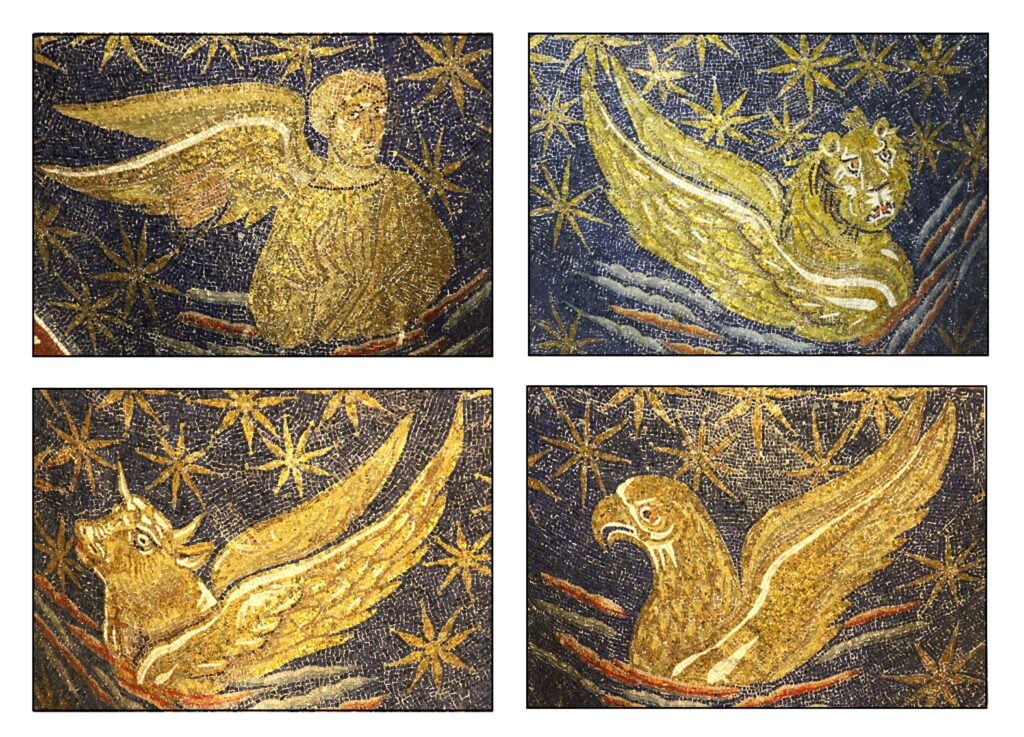 Above the north entrance is a representation of Christ as the Good Shepherd. On the southern is a mosaic arranged around the window to show the gospels on one side and St Lawrence on the other. Beneath the window is the grill upon which St Lawrence was martyred.
Above the north entrance is a representation of Christ as the Good Shepherd. On the southern is a mosaic arranged around the window to show the gospels on one side and St Lawrence on the other. Beneath the window is the grill upon which St Lawrence was martyred.
The decorative work between the representative mosaics is gorgeously evocative. The blue ceiling work (see the above illustration of the Good Shepherd mosaic) has been described as suggesting the Garden of Eden, and the wall-like arch decoration is a marvel of light and geometry:
Theodoric the Great
When the Ostrogoths threatened Constantinople in 461, the Empire negotiated a peace the Barbarians. In return for gold the Ostrogoths would retreat to their lands; in order to guarantee their compliance Theodoric, the seven-year-old son of the Ostrogothic king was sent as hostage to the court of the Byzantine Emperor Leo I. Theodoric was educated in Greek and Roman and taught the ways of War and Politics.
After returning to his people in 470, Theodoric and the Ostrogoths spent a decade fighting against other Germanic tribes who were threatening the Empire. In 475 Theodoric became King of the Ostrogoths and the Ostrogoths became foederati of the Empire. In 479 Theodoric became the military commander of the Eastern Empire. The Goths were Christian but followed the beliefs of Arius, who had proposed that God the Father existed before God the Son. This differed from the Trinitarian concept espoused by the mainstream Catholicism of the Empire. However, the Arians were tolerated if they defended the Empire against the Pagans.
At this time Italy was in disarray. In 476 Odoacer, a warrior of uncertain Barbarian background, led a rebellion of the foederati in the Western army, deposed the Emperor Romulus Augustulus, and installed himself in Ravenna as King of Italy. Most historians consider this to be the end of the Roman Empire in the West.
By 488 Odoacer had begun to threaten the Eastern Empire, and Emperor Zeno negotiated with Theodoric. In return for deposing Odoacer, Theodoric would be able to grant his people land in Italy. Over several years Theodoric moved his people into Northern Italy and fought against Odoacer. In 493, Ravenna was finally taken and Theodoric personally killed Odoacer. Theodoric became King of Italy, and effectively Emperor of the West. The large gold (triple-solidus) coin on the right shows Rex Theodericus Pius Princ[eps] I[nvictus] S[emper] (King Theodoric, pious ruler, forever invincible). He has a gothic moustache, and in his left hand he holds a winged victory. Theodoric arranged alliances with the Visigoths in France and the Vandals in North Africa. In this way he was able to maintain the Western Empire as a unified entity. He ruled justly without prejudice to either Roman or Barbarian.
During his 33-year reign, Theodoric was responsible for several wonderful buildings in Ravenna. He first built an imposing palace, no part of which now remains, although a façade was later built in imitation of what it might have looked like. Adjacent to the palace he built his magnificent Church of Christ the Redeemer, which was dedicated in 504. The mosaics in the nave of this church are among the most important in the ancient world. Wikipedia has high-resolutions panoramic images of both north and south walls taken by Chester Wood, from which the following illustration was derived:
The small uppermost mosaics above the windows were the first set of mosaics in history to depict a sequence of scenes from the life of Christ (Cristo, 1975). The north wall shows Christ’s miracles and teachings, and the south wall shows the events of the passion. Christ is clean-shaven on the north and bearded on the south. Although the image of Christ has varied between these two versions, the general tendency in the Byzantine Empire was to portray Christ as a theios aner (divine man) fully equivalent to the bearded God the Father. The beardless Christ on the north may be more Arian in its imagery (Mathews, 1993; Chavannes-Mazel, 2003). The following illustrations show the parable of the sheep and the goats (with perhaps the first visual representation of Satan in blue), the miracle of the loaves and fishes, the Last Supper, and the betrayal of Christ in Gethsemane.
Between the windows are the figures of individual saints or prophets, portrayed in a classical (Hellenic) style. Each figure holds a scrolls or codex. Most of the mosaics on the lower level of mosaics (below the windows and above the columns) were executed after the reign of Theodoric and are in Byzantine style. These show processions of saints and martyrs in a ravishing gold background, female on the north and male on the south, moving from Ravenna toward Mary on the north and Christ on the south. The following illustration is derived from photographs by Roger Culos on Wikipedia (north, south)
These processions are likely the source of what Yeats described in Sailing to Byzantium (1927):
O sages standing in God’s holy fire
As in the gold mosaic of a wall
Come from the holy fire, perne in a gyre,
And be the singing-masters of my soul.
Consume my heart away; sick with desire
And fastened to a dying animal
It knows not what it is; and gather me
Into the artifice of eternity.
The Mausoleum of Theodoric
In the last years of his life, Theodoric’s hold on the Western Empire weakened. The Roman Senate attempted to revitalize relations with Constantinople; the Church in Rome wanted to eradicate the heresy of Arianism from Italy; the Vandals and Visigoths ceased their alliances with Ravenna. During this time, Boethius a onetime friend and counselor of Theodoric was accused of treason, imprisoned and ultimately executed (Bark, 1944). While in prison he wrote The Consolation of Philosophy (524).
Sensing his own death, Theodoric built a tomb for himself just outside the walls of Ravenna. Unlike the brick buildings of the city, the tomb was constructed of marble blocks from the Istrian Peninsula in the Northern Adriatic. The walls were made of squared block of marble kept in place without mortar using the Roman technique of opus quadratum whereby higher stones are centered over the joints between lower stones. A typical pattern is shown on the right.
The mausoleum has a decagonal shape. The lower storey was likely used for memorial rites. The upper story contained a porphyry tub which served as a sarcophagus for the emperor’s remains. The roof is made of a single circular slab of Istrian marble with a diameter of 10 meters and a weight of 230 tons. No one knows how this huge stone was erected over the walls. Some have suggested that this recalled the Neolithic dolmen monuments, in which a large table stone was supported vertical megaliths, but these date from millennia before the Goths.
The mausoleum is remarkably austere. Unlike the chapel of Galla Placidia, the tomb has no internal decoration. The upper chamber (illustrated on the right has only the sarcophagus, oriented toward a small altar superimposed by a cross-shaped aperture. The roof has twelve spurs are with the names of the apostles. A simple geometric pattern (shown below), likely of Gothic origin, is incised around its edge:
Heresy
The Goths had been converted to Christianity in the 4th Century by Bishop Ulfilas (Gothic Wulfila, little wolf). A Greek who had grown up among the Goths, Ulfilas was baptised in 341 by Eusebius of Nicomedia, who had also baptised Constantine the Great. Ulfila created an alphabet for the Gothic language and translated the Bible. Eusebius, Ulfila and the Goths followed the teachings of Arius (256-336), who conceived of Christ as subordinate to the Father, created by Him and not co-eternal with Him. When the Council of Nicaea, convened by Constantine the Great in 325, settled on the essential beliefs of Christianity and wrote the Nicene Creed, Christ was proclaimed consubstantial or homoousian (homos same, ousia essence) with the Father. The homoiousian (homoi similar) view of Arius was thenceforth considered heretical. However, many Christians and even some of the early Byzantine Emperors, such as Constantius II (reign 337-361) persisted in their Arian beliefs. When Theodosius I (reign 379-395), the father of Galla Placidia, came to power, he held a Second Ecumenical Council in 381 to revise the Nicene Creed and make it unambiguously homoousian. Arian beliefs were eliminated from Roman and Greek Churches, but they persisted among the Goths.
After the death of Theodoric, the Byzantine Emperors exerted more and more influence on Ravenna. From 535-554 the Byzantine Emperor Justinian the Great (reign 527-565) conducted a war against the Goths. Ravenna was occupied by the Byzantine Army and Theodoric’s bones were removed from his tomb and scattered in the dust. The Roman Bishop Agnellus was placed in charge of the churches of Ravenna from 557 until 570. He proceeded to erase all evidence of Arianism in Ravenna. He reconsecrated Theodoric’s Church of the Redeemer in 561 and renamed it after Saint Martin. (Years later in 856, the name was again changed to the Basilica Sant’Apollinare Nuovo).
It is generally assumed that Agnellus was responsible for changing the mosaics of the lower level in the church. The processional mosaics date from his time. It is not known what images they might have replaced. Most strikingly Agnellus altered the initial mosaics near the entrance of the church. On the south the mosaic of Theodoric’s Palace likely contained portraits of Theodoric and his court. These portraits were replaced by curtains. On the north was a representation of the nearby port of Classe. No one knows who was portrayed in front of the port. That part of the mosaic was replaced by golden bricks.
These changes to Theodoric’s Church were part of a damnatio memoriae:
the modifications made to the space of Sant’Apollinare Nuovo can be considered an act of damnatio memoriae executed by a Byzantine administration that was eager to plant its hold in the West. Property was confiscated, images were destroyed, and the memory of Theoderic and his associates and successors was condemned. (Urbano, 2005)
However, the memory was not completely expunged. If one looks closely, one can see the hands of some of the courtiers on the arches of the façade (illustrated on the right). Theodoric’s reign was not forgotten. And the goal of the Byzantines to reconsolidate the Roman Empire failed: the West devolved into multiple separate kingdoms and principalities. Ravenna persisted as a center of art and learning although not as an imperial capital.
References
Bark, W. (1944). Theodoric vs. Boethius: Vindication and apology. American Historical Review, 49(3), 410- 426.
Bovini, G. (1956). Ravenna mosaics: The so-called Mausoleum of Galla Placidia, the Baptistery of the Cathedral, the Archiepiscopal Chapel, the Baptistery of the Arians, the Basilica Sant’Apollinare nuovo, the Church of San Vitale, the Basilica of Sant’Apollinare in Classe. Greenwich, CT: New York Graphic Society.
Bustacchini, G. (1984). Ravenna: Mosaics, monuments, and environment. Ravenna: Cartolibreria Salbaroli.
Chavannes-Mazel, C. A. (2003). Popular belief and the image of the beardless Christ. Visual Resources, 19(1), 27-42.
Cristo, S. (1975). The art of Ravenna in late antiquity. Classical Journal, 70, (3), 17-29.
Deliyannis, D. M. (2010). Ravenna in late antiquity. Cambridge: Cambridge University Press.
Heather, P. J. (1991). Goths and Romans, 332-489. Oxford: Clarendon Press.
Heather, P. J. (1996). The Goths. Oxford: Blackwell Publishers.
Herrin, J. (2020). Ravenna: Capital of empire, crucible of Europe. Princeton, NJ: Princeton University Press
Jordanes (551, translated Mierow, C. C., 1915). The Gothic history. Princeton, NJ: Princeton University Press
Kiecol, D. (2019). Mosaic. Cologne: Koenemann.
Mackie, G. (1995). The mausoleum of Galla Placidia: a possible occupant. Byzantion, 65(2), 396-404.
Mathews, T. F. (1993). The clash of gods: A reinterpretation of early Christian art. Princeton, N.J: Princeton University Press.
Mathews, T. F. (1998). Byzantium: From antiquity to the Renaissance. New York: Prentice Hall.
Todd, M. (1997). The Germanic peoples. In A. Cameron & P. Garnsey (Eds.) The Cambridge Ancient History (pp. 461-486). Cambridge: Cambridge University Press.
Norwich, J. J. (1988). Byzantium: the early centuries. London: Viking.
Urbano, A. (2005). Donation, dedication, and damnatio memoriae: TBohe Catholic reconciliation of Ravenna and the Church of Sant’Apollinare Nuovo. Journal of Early Christian Studies, 13(1), 71-110.



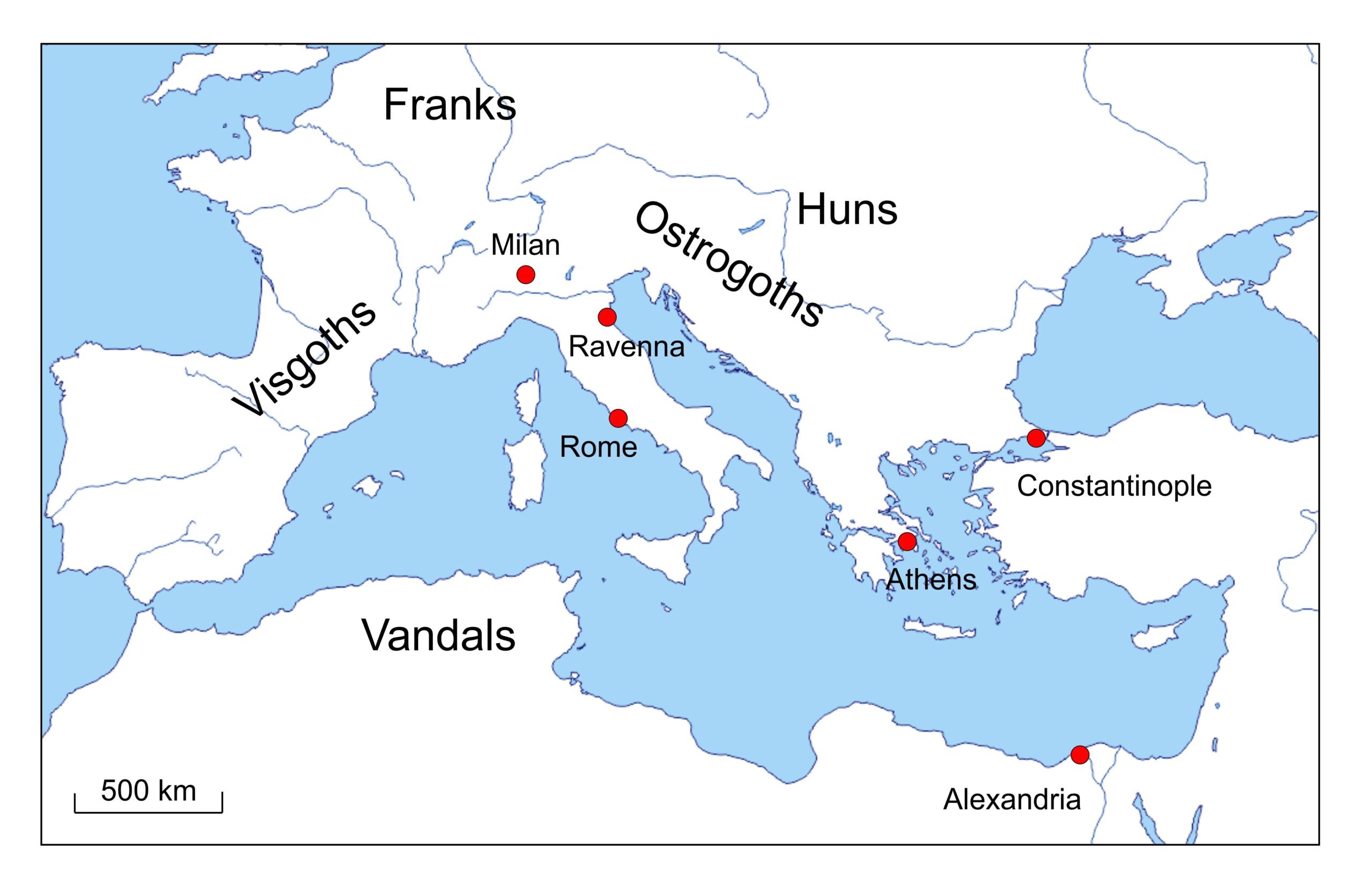
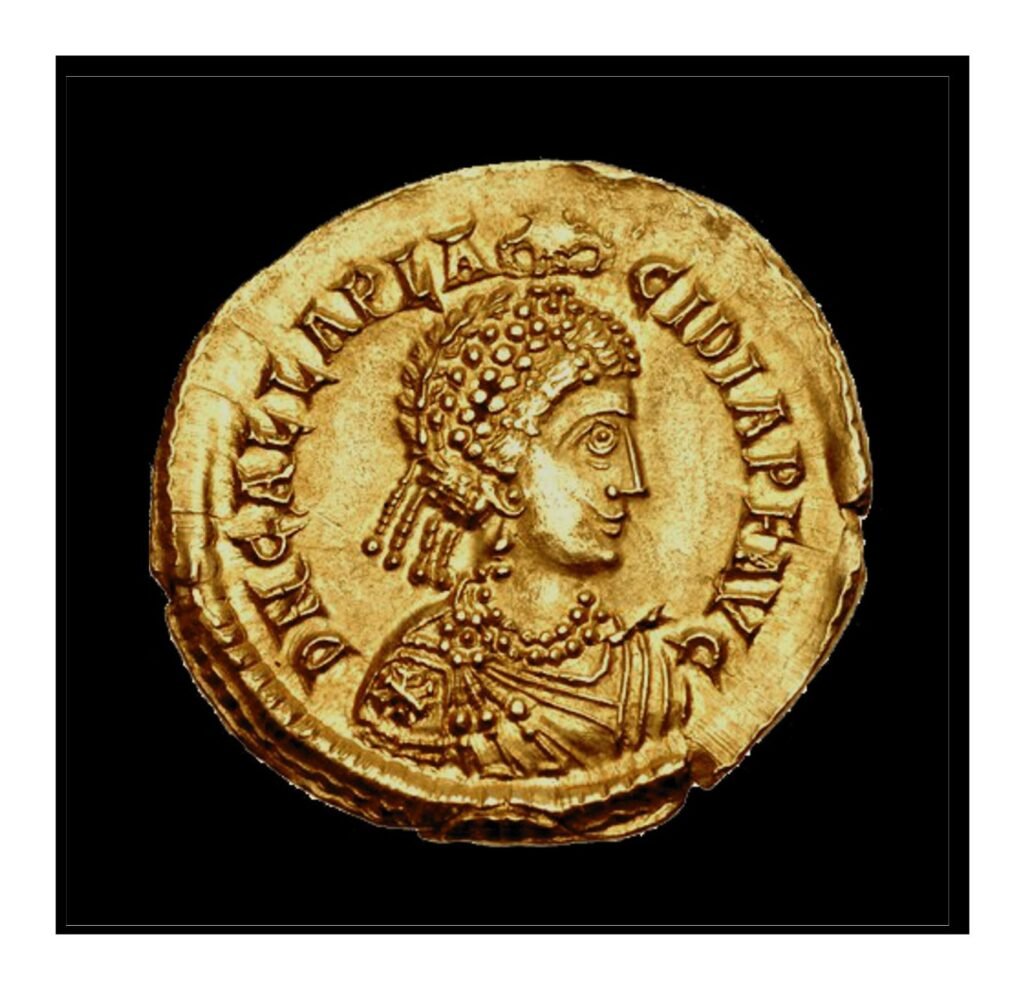
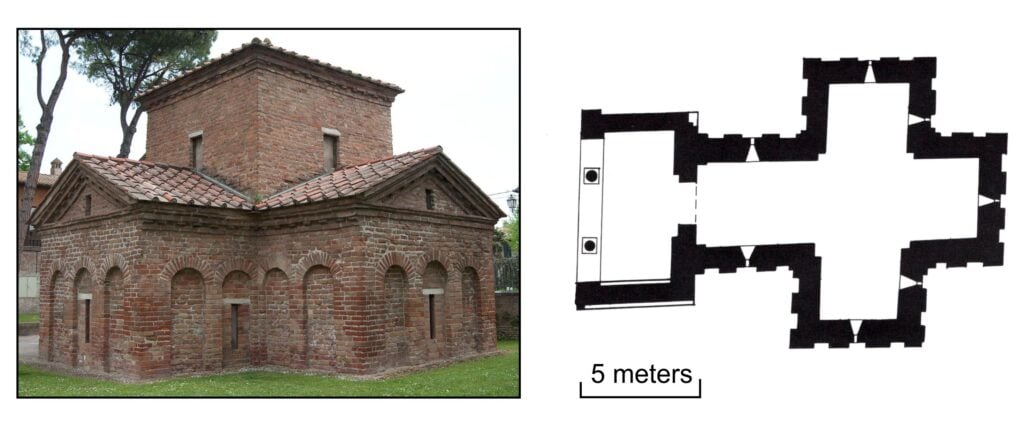
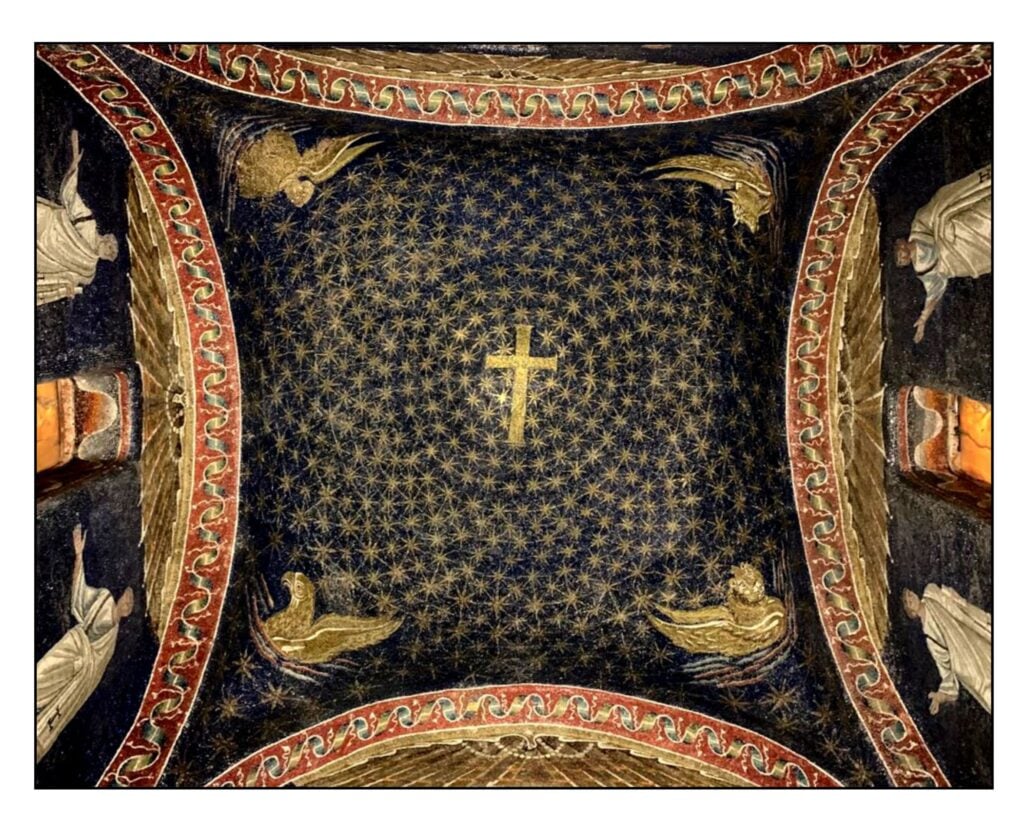
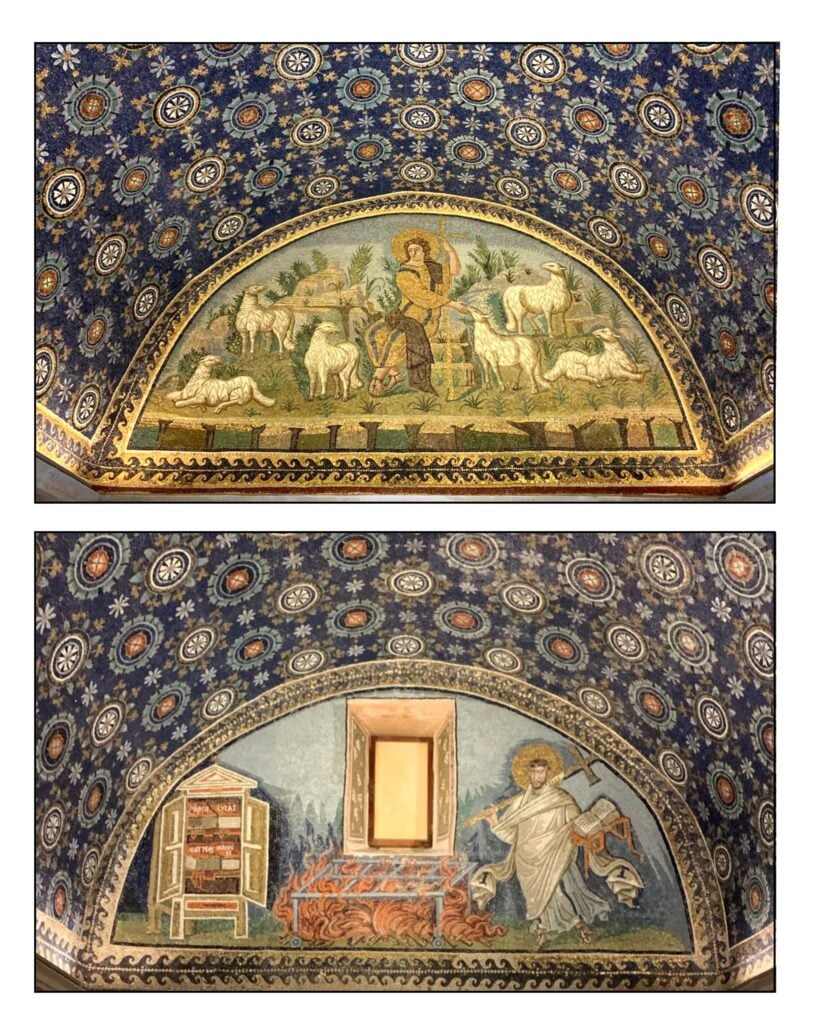

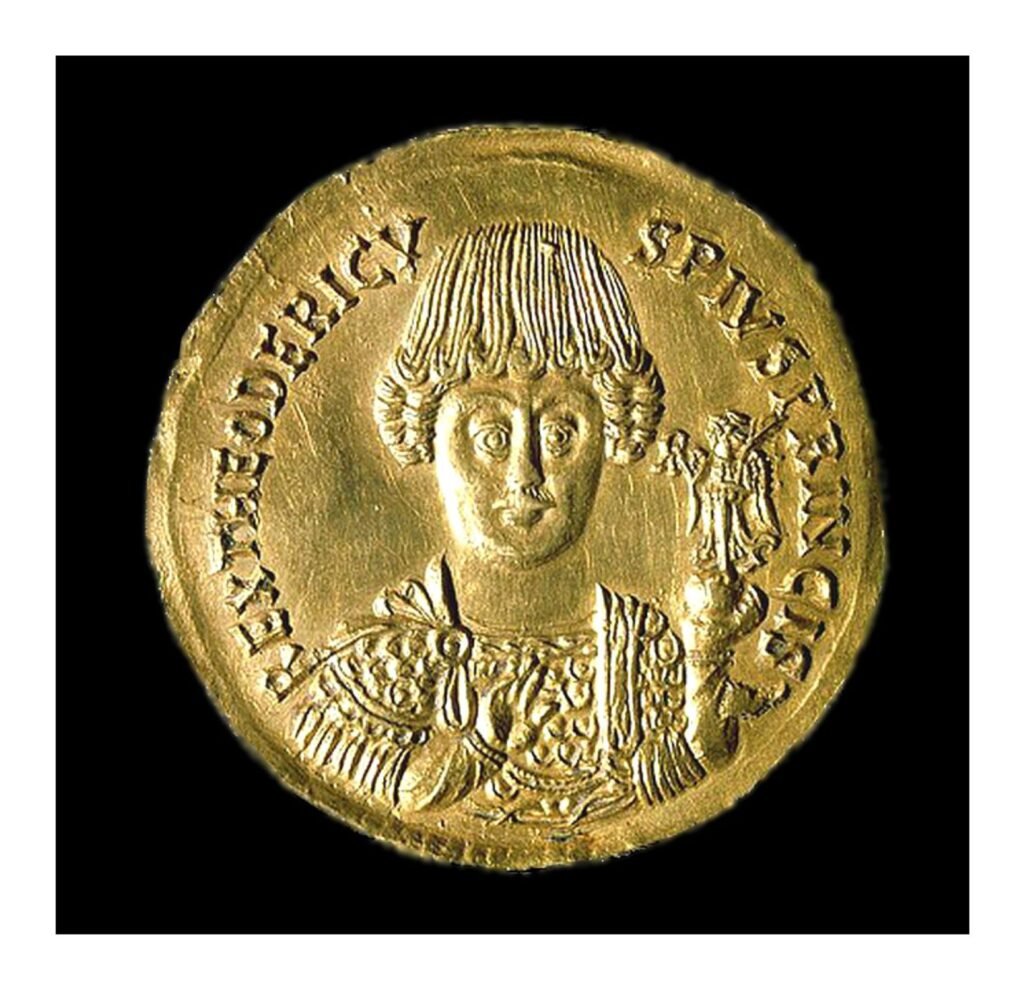

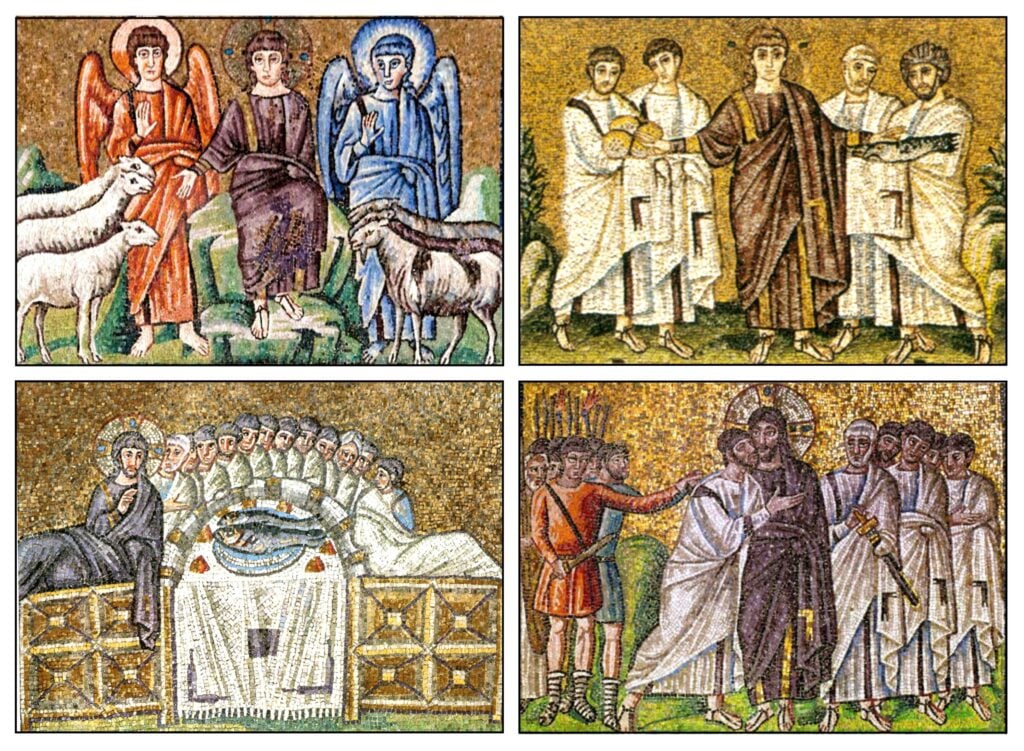
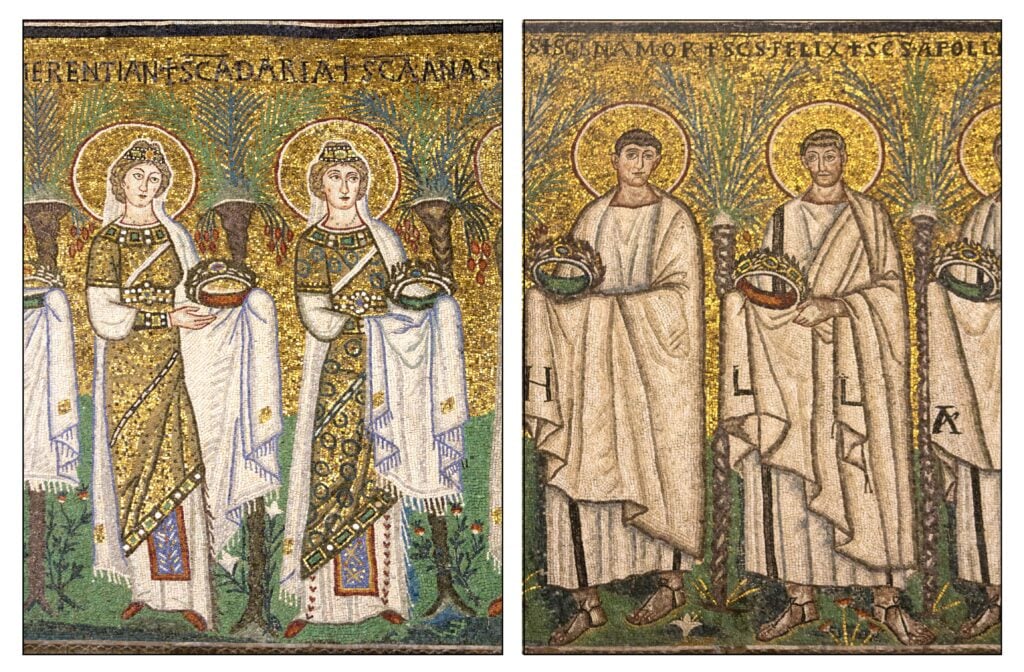
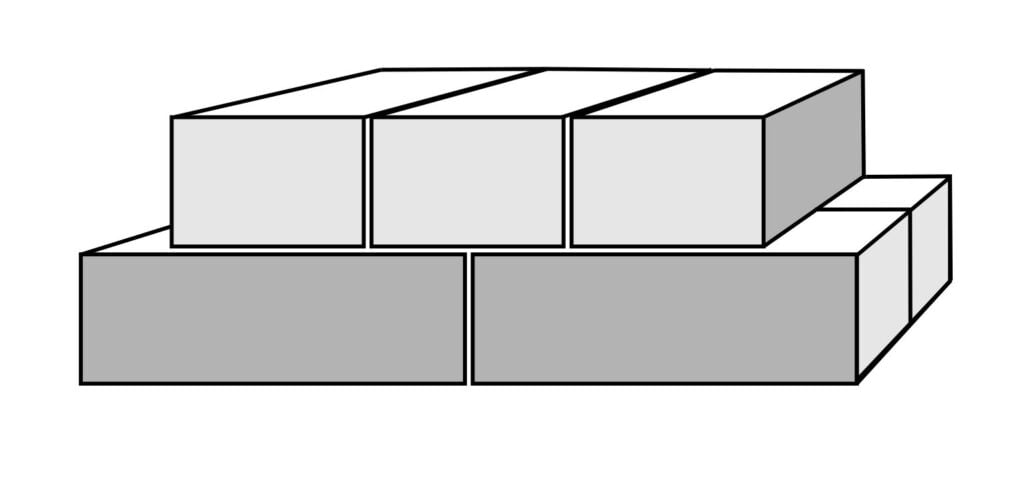
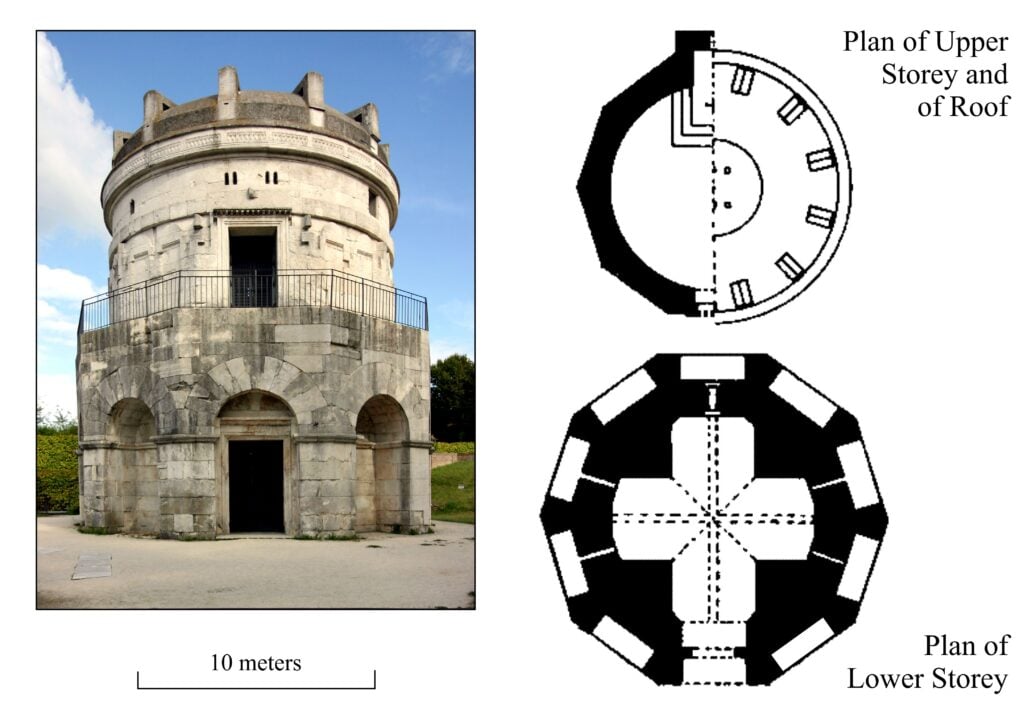
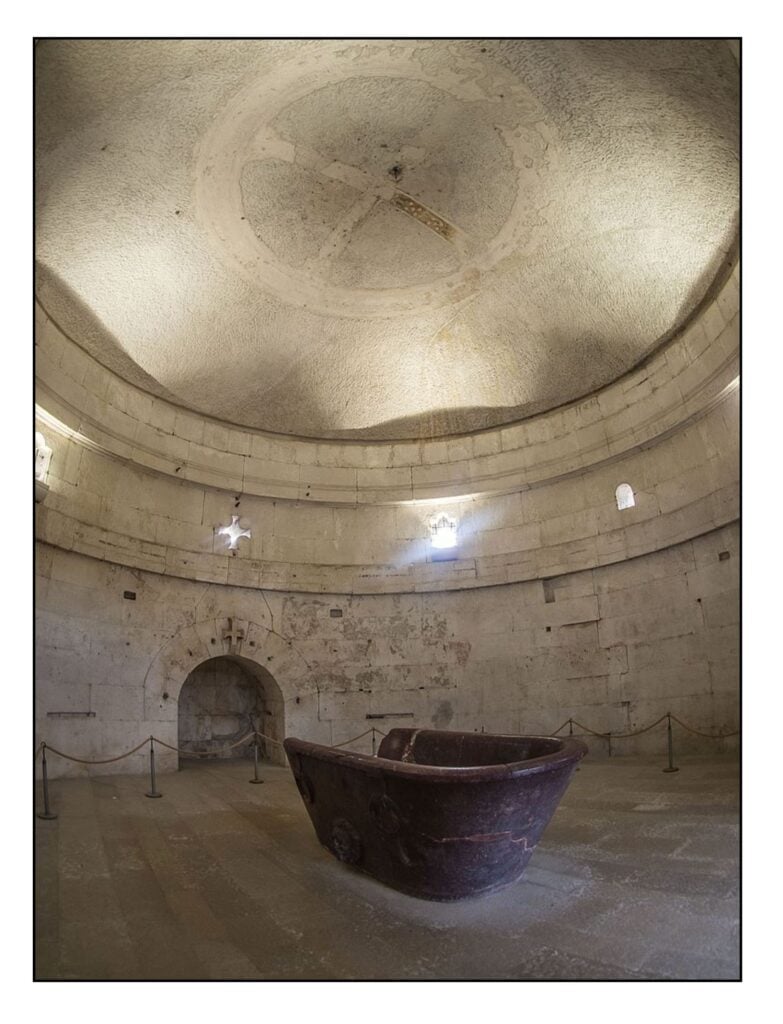

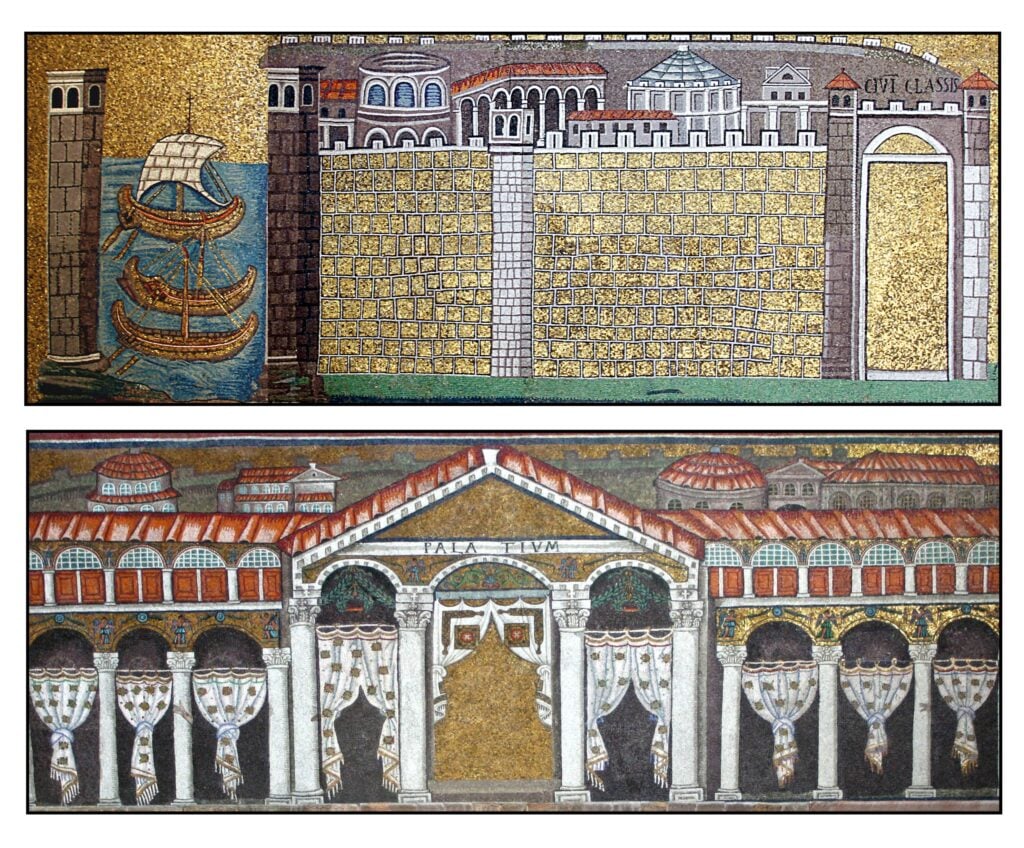
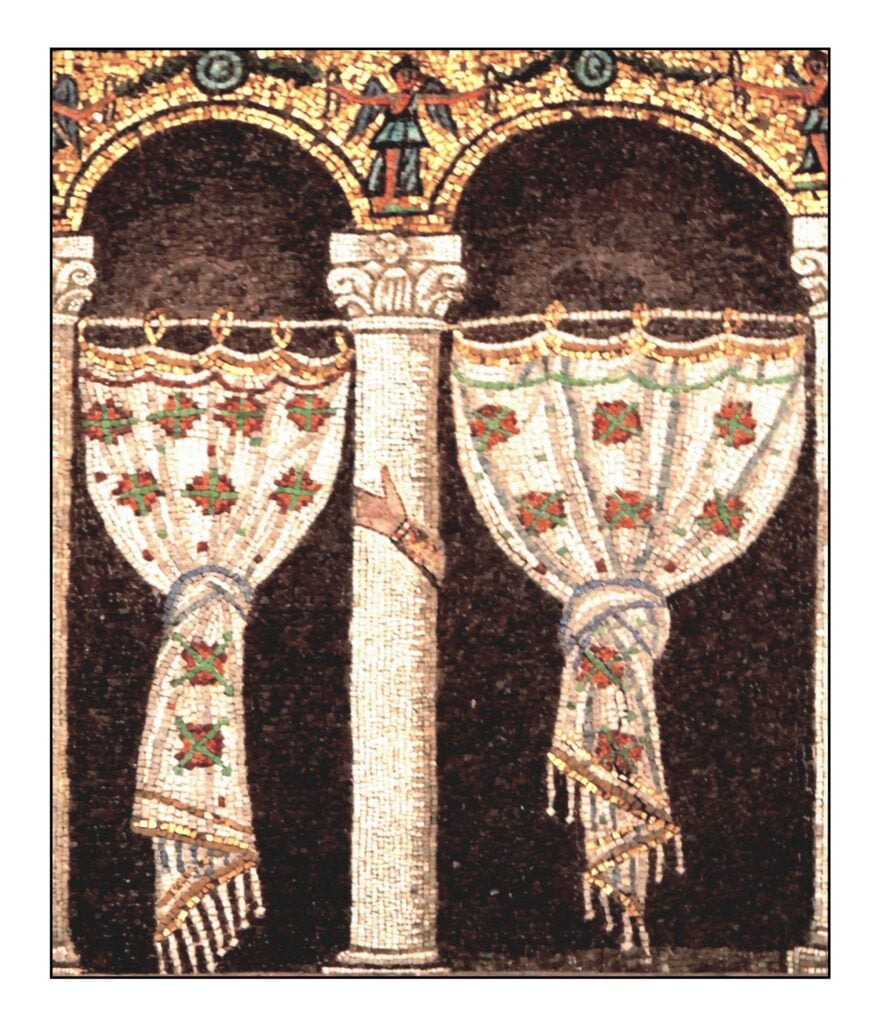
Leave a Reply